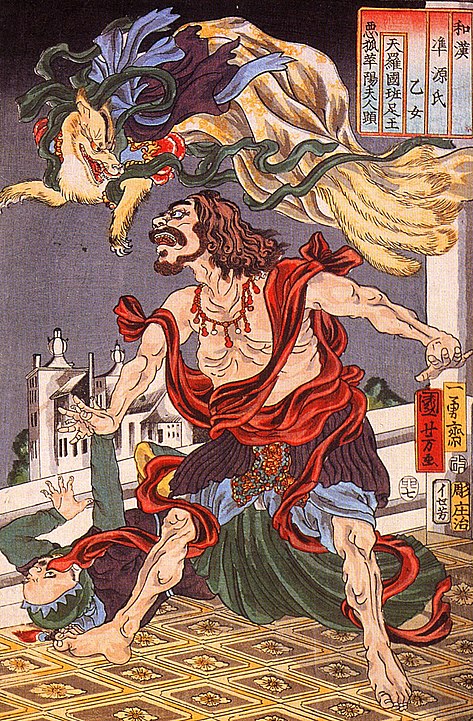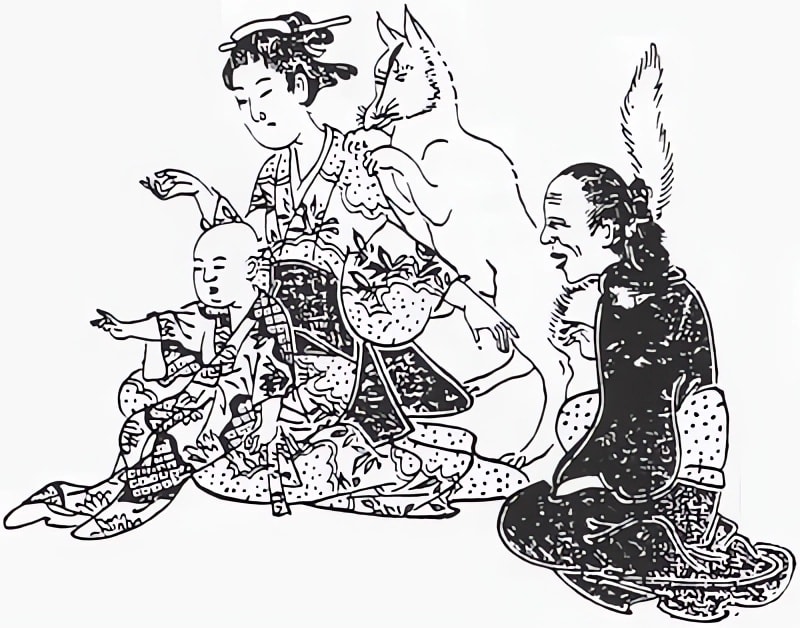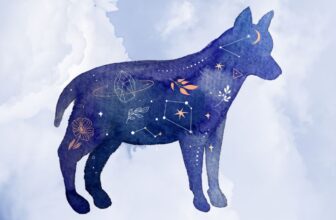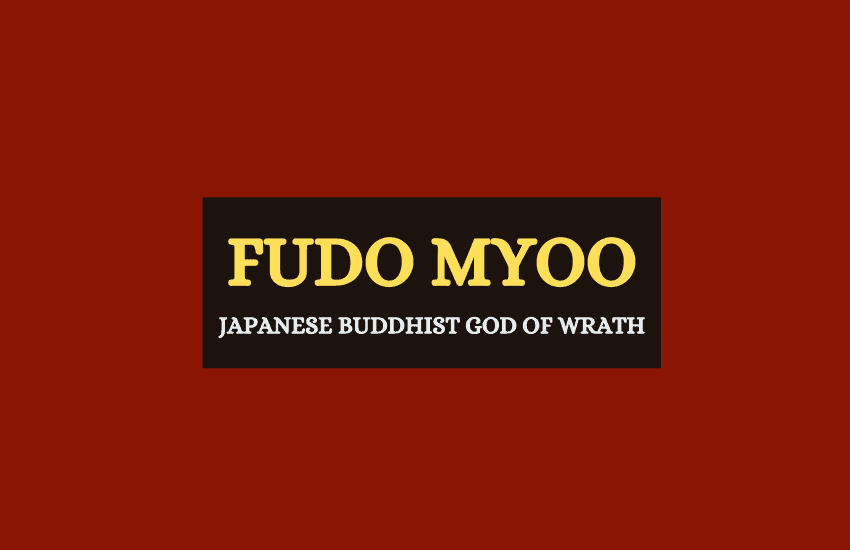
Table of Contents
The Kitsune yokai (spirits) in Japanese Shintoism are a popular and wide-spread myth. These magical multi-tailed foxes can shapeshift into people, possess humans like demons, or charm people to do their bidding. They can do all that, and more, either in service to the benevolent kami god Inari or simply out of sheer mischievousness or malevolence.
What are the Kitsune?

The name Kitsune in Japanese literally translates to a fox. As the Japanese culture had spent millennia coexisting with the many red foxes on the islands of Japan, it’s no surprise that the people there developed countless myths and legends about these clever and mysterious animals.
The kitsune myths make an easy distinction between ordinary foxes and kitsune yokai – ordinary foxes have only one tail while the yokai animals have two, three, or even up to nine tails. What’s more, according to the Shinto myths, the more tails a kitsune has, the older and more powerful it is.
The Powers of the Kitsune
The kitsune are powerful yokai that wield many powerful abilities. In addition to their cunning and intelligence, they are also skillful magicians and can use their magic for a wide range of purposes.
1. Kitsune-Tsuki – Possession
The term kitsunetsuki or kitsune-tsuki translates to The state of being possessed by a fox. This is one of the signature abilities of the more powerful kitsune yokai. While such possessions are sometimes done in accordance with Inari’s will, in most kitsune myths there’s malicious intent behind the kitsune-tsuki.
For a long time, this trickery from the mythical Japanese foxes was the default explanation for myriad mental conditions, both for lifelong conditions and those developed later in life.
Aside from such instances, however, kitsune-tsuki was believed to usually be done to young girls. The fox yokai were said to possess Japanese maidens by entering their bodies through their fingernails or between their breasts. After a kitsune-tsuki, the victims’ faces sometimes changed to a more slender and elongated shape and people were said to sometimes develop new abilities such as learning to read overnight.
Funnily enough, Japanese girls with kitsune-gao (fox-faced) features such as narrow faces, high cheekbones, closet-set eyes, and thin eyebrows are viewed as exceptionally beautiful in Japanese culture.

2. Kitsunebi – Fox Fire
The kitsune yokai are also known as masters of fire and lightning. In many tales, the kitsune would create small flashes of fire, light, or lightning to confuse, scare, or attract people. This fire wasn’t often used aggressively, but almost exclusively as a mind-games tool, just like most of the other kitsune abilities.
3. Hoshi No Tama – Kitsune’s Magical Pearls
In most paintings and depictions of kitsune or people possessed by them, there is a mysterious, small, white ball in their mouths. Usually viewed as a magical pearl and sometimes as a ball of kitsunebi light, these captivating jewels are a symbol of the kami Inari. When the kitsune are in their standard fox form, they sometimes carry the Hoshi no Tama wrapped in their tails.
According to some myths, the magical pearls are the sources of the kitsune powers, given to them by Inari. In other myths, the kitsune use the pearls to store their magical powers in them when they possess people or transform into people. And then there are legends that the Hoshi no Tama is the soul of the kitsune. Whatever the case, the Hoshi no Tama is another proof of just how fascinated the Japanese people were with pearls – they even gave them to their mythical foxes.
4. Shapeshifting
One of the most powerful abilities that only older and more powerful kitsune have is shapeshifting or transformation. It’s believed that a kitsune has to be at least 50 to 100 years old and grow many tails to master this ability. Once they learn how to shapeshift, however, kitsune can transform into any human, including to imitate actual living people and pose as them in front of others.
To transform into a human, the kitsune fox first has to place some reeds, a leaf, and/or a human skull on its head. Once they transform, the most common human form for a kitsune is that of a beautiful young girl or a mature woman, however, the kitsune can also transform into young boys or old men. For some reason, they almost never transform into middle-aged men.
Unlike with kitsune-tsuki or possession, where the intent is usually malicious, shapeshifting is more often done with a benevolent goal – the kitsune do it to help guide someone, teach them a lesson, or just do the Inari’s bidding.
5. Other Abilities
Depending on the myth, kitsune yokai can have many other magical abilities as well. They can fly, become invisible, manifest dreams and visions into people’s minds, or create entire visual illusions. They are also said to live for hundreds of years and are said to be more intelligent than people.
Zenko or Yako?
Kitsune can either be benevolent servants of the kami Inari or they can be self-serving and malicious yokai. The terms for these two distinctions are zenko and yako.
- Zenko Kitsune: The term zenko literally translates to good foxes. These are the celestial and benevolent foxes that are servents of the kami Inari. In English, such kitsune are often just called “Inari foxes”. They are also usually viewed as rarer but more powerful than their evil counterparts.
- Yako: Yako translates to field foxes. These yokai are also sometimes called nogitsune. Usually weaker than zenko, self-serving, and simply mischievous, in some myths the yako kitsune can be very powerful and outright evil.

Symbolism of Kitsune
The kitsune symbolize intelligence, cunning and trickery, however, in general, they’re viewed as mischievous supernatural spirits. The kitsunes’ connection to their patron goddess, Inari Ōkami, the deity of fertility, agriculture, rice, sake, tea, as well as industry and merchants, emphasizes the beings’ supernatural nature.
This doesn’t make their allure any less captivating. To the contrary – it plays to their mysteriousness. Like foxes in other cultures’ folklore, the kitsune are highly-intelligent tricksters and are very good at manipulating people, both for benevolent and malevolent reasons. They can be viewed both as guardian spirits and as evil witches depending on who they serve and help.
All this likely stems from the high intelligence of ordinary foxes who’ve been near-constant companions of the people of Japan for millennia.
Importance of Kitsune in Modern Culture
Despite being mere spirits, the kitsune are one of the most famous worldwide mythological beings from Japanese legends. That’s likely because of how prevalent foxes are in the folklore of other cultures. The relationship between the kitsune and the major Shinto deity Inari Ōkami also helps boost their popularity.
However, probably the simplest and most significant reason for the popularity of the kitsune is how fascinating the multi-tailed aspect of these spirits is.
As a result of that, kitsune foxes can be seen throughout various modern manga, anime, and video game series. Some of the most popular examples include the anime series Yu Yu Hakusho, the hit anime Naruto, as well as video games such as League of Legends and it’s famous Nine-Tailed fox-woman Ahri, Crush Crush, Okami, Sonic the Hedgehog, and others.
Wrapping Up
The kitsune are highly popular mythical creatures of Japanese mythology, with many portrayals and myths surrounding them. They’re described as wise, intelligent and witty beings with many capabilities. Just like the real red foxes that can be found everywhere in Japan, the kitsune abound in Japanese mythology.








